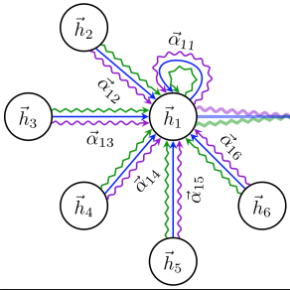
Traffic congestion in urban road networks leads to longer trip times and higher emissions, especially during peak periods. While the Shortest Path First (SPF) algorithm is optimal for a single vehicle in a static network, it performs poorly in dynamic, multi-vehicle settings, often worsening congestion by routing all vehicles along identical paths. We address dynamic vehicle routing through a multi-agent reinforcement learning (MARL) framework for coordinated, network-aware fleet navigation. We first propose Adaptive Navigation (AN), a decentralized MARL model where each intersection agent provides routing guidance based on (i) local traffic and (ii) neighborhood state modeled using Graph Attention Networks (GAT). To improve scalability in large networks, we further propose Hierarchical Hub-based Adaptive Navigation (HHAN), an extension of AN that assigns agents only to key intersections (hubs). Vehicles are routed hub-to-hub under agent control, while SPF handles micro-routing within each hub region. For hub coordination, HHAN adopts centralized training with decentralized execution (CTDE) under the Attentive Q-Mixing (A-QMIX) framework, which aggregates asynchronous vehicle decisions via attention. Hub agents use flow-aware state features that combine local congestion and predictive dynamics for proactive routing. Experiments on synthetic grids and real urban maps (Toronto, Manhattan) show that AN reduces average travel time versus SPF and learning baselines, maintaining 100% routing success. HHAN scales to networks with hundreds of intersections, achieving up to 15.9% improvement under heavy traffic. These findings highlight the potential of network-constrained MARL for scalable, coordinated, and congestion-aware routing in intelligent transportation systems.
翻译:暂无翻译


